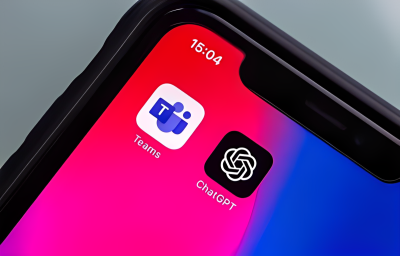The coronavirus has upset the applecart. The high transmission, infection, and mortality rate of Covid-19 among humans has forced leaders to call for a shutdown at a global scale. Countries are going on the lockdown and the larger message is ‘stay at home.’ Governments are stressing citizens to practice good hygiene and are asking organizations to enforce ‘work from home’ culture.
Quarantines, cancellations, and work-from-home policies have greatly driven up the demand for video and chat software that allow people to try and maintain some semblance of business as usual.
The Video conferencing (VC) firm Zoom Video Communications has become the ‘talk of the town’ for businesses and individuals and has become their chosen partner to meet their VC needs. Sitting at the top spot in Apple Store and Google Play store, Zoom is the preferred VC tool in the US, Canada, Germany, and France.
Zoom has seen strong earnings and expects an increase in the number of organizations to start using its tools for work from home.
Zoom’s stocks have seen selling at 58 times revenue, reported CNN. This is in sharp contrast to Microsoft which has a price-to-price sales ratio of 8.
The popularity of Zoom lies in the fact that it was one of the initial VC platforms that offered unlimited free video conferencing for users in China as a way to encourage more people to work remotely -and- practice social distancing.
Productiv, a firm that helps companies track how their employees use software, saw Zoom usage increase more than 30% since the beginning of February for employers who put restrictions on travel (Zoom usage also increased for those who didn’t impose restrictions).
“Due to the coronavirus, we have already seen significant usage of our platform. And accordingly, we will expand our capacity to meet the increased demands of both paid and free users,” said Zoom Chief Financial Officer Kelly Steckelberg during a conference call with analysts.
Several of Zoom’s rivals, such as Cisco (CSCO)-owned WebEx, Alphabet’s (GOOGL) Google Hangouts, and Microsoft’s (MSFT) Teams, have also rolled out limited-time free access for many of their users.
Microsoft is offering anyone its premium version of Teams for free for six months and has lifted existing user limits on its free version. The premium Teams product was already available for no extra cost to those who pay for the Office Suite, and Teams had already been free for many schools.
Google announced that it would offer its enterprise video conferencing features— for example, larger meetings of up to 250 people and the ability to record—for free to G Suite and G Suite for Education customers until July 2020. So far, Zoom and Teams have said that they haven’t had any major issues and are continually preparing for increased demand.
Zoom has popularity due to its reliability. The VC experience on Zoom is fast and smooth. There’s no lag and frequent call drop that discourages users from using the tool. The program also allows users to create a virtual background so that the call can continue in almost any place. Unlike Apple’s FaceTime for iOS, Zoom is also available on Android and on any laptop. Users can have seamless calls as long as the duration is under 40 minutes and has less than 100 participants.
For those looking to socialize, there’s Discord and Netflix Party. Discord is a popular chat client which allows people to create semi-private, invite-only servers, for mimicking something closer to offline interaction. It comes with a screen-sharing feature that allows groups of people to watch a movie if one of them is streaming it.
Google Chrome’s Netflix Party is an extension that allows multiple Netflix users sync and watch movies on the platform together, as a way to hang out and have fun with friends.
Event discovery platform Eventbrite, which is typically used for offline events, saw a recent surge in livestreamed classes and webinars. This prompted the company to create a new landing page just to feature upcoming virtual events. Eventbrite works by listing websites and tools working simultaneously: a video/streaming platform like Zoom or Vimeo joins with an organizational website like Eventbrite, a social media platform like Facebook or Twitter, and/or a chat client like Discord to deliver a trifecta of community organization, engagement, and participation.














